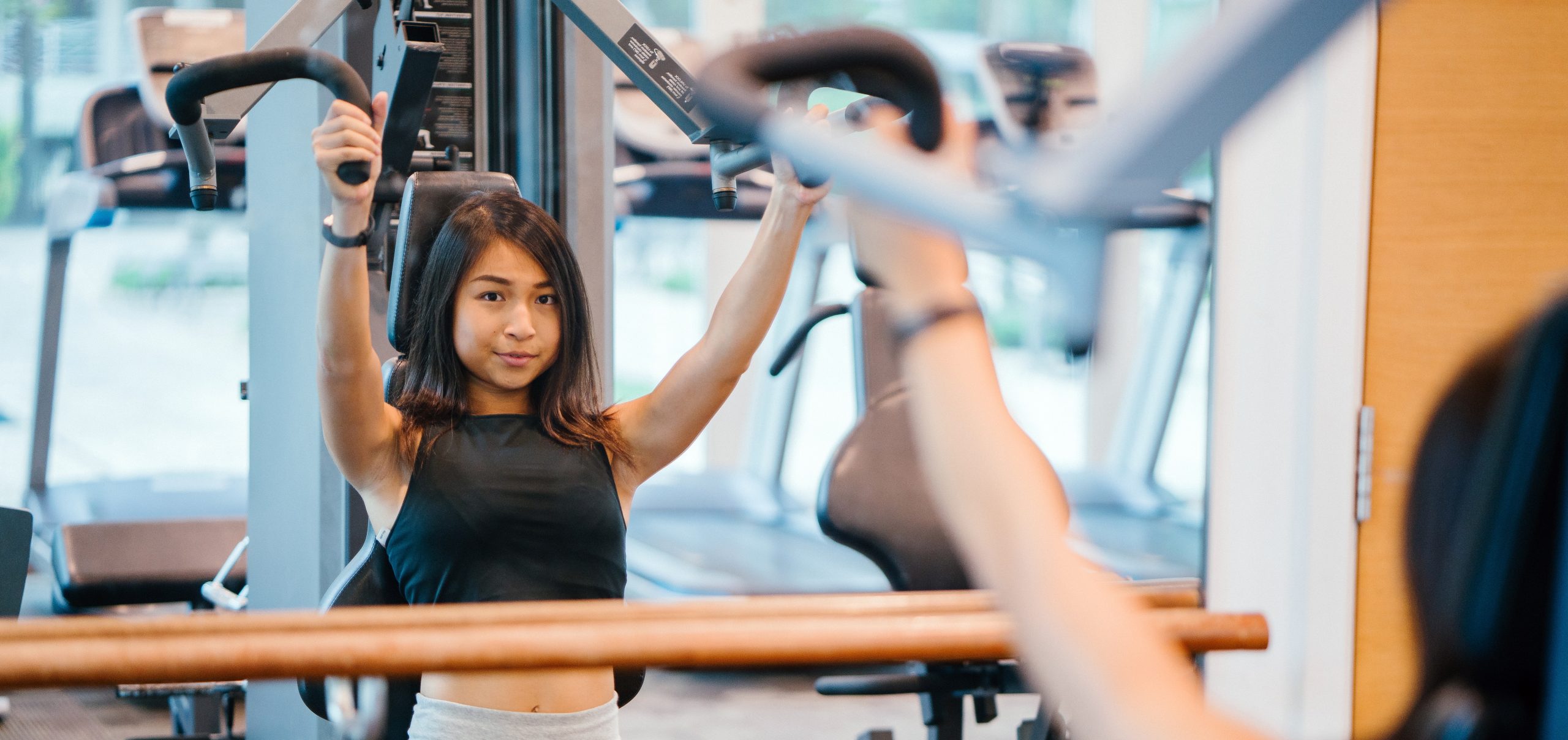☀️ We're open Saturdays during the summer hours to provide flexibility for your schedule.
Let’s face it, lifting really heavy weights in the gym on a regular basis can be hard on the body. Soft tissue sprains and strains are common weight training injuries that many of us experience now and then. Here are some injury prevention tips for the average weight lifting enthusiast:
Tip #1: Remember Your Goal
Most occupations, and most sports for that matter, don’t require you to be able to lay on your back and bench press a car! If your sport or fitness goal doesn’t require it, why do it? Max effort singles don’t build any significant muscle mass, but they do come with a very high risk of soft tissue injury. A new 1 rep max may be a real ego boost, but not if you get injured doing it.
Tip #2: Increase Training Volume Gradually
If a bit of medicine is good for you is taking a lot even better? Of course not! No one takes a whole bottle of Tylenol for a headache, yet too many of us forget this when we exercise. Many of us add too much weight, too many sets, or too many exercises, too soon. Slow and steady progress always beats huge leaps and bounds over the long haul. “Make haste slowly” is a good motto to follow.
Tip #3: Don’t Forget About Recovery
Balancing training with recovery is such a simple concept, yet many of the injuries we see in the clinic are a result of too much heavy exercise and not enough time between workouts. Slight muscle soreness lasting a day is acceptable, but workouts that leave you unable to brush your teeth for days means you’ve overdone it and will require more recovery time.
Tip #4: Do Some Stretching After Exercise
Exercise experts agree that a proper dynamic warm up prior to your workout and slow passive stretches after exercise is the right way to go! That’s right – I said after your workout. Just a few minutes of stretching after your workout can be extremely beneficial for injury prevention and recovery.
Tip #5: If it Hurts, STOP Doing It!
Real exercise, the kind that changes the number on the bathroom scale is often hard work. Even so, the old “No Pain, No Gain” philosophy is wrong. If you do start to suffer aches and pains from your workouts, don’t ignore them. Early treatment and some good advice from your physiotherapist can help you manage the occasional injury and get you back to your workouts sooner.

